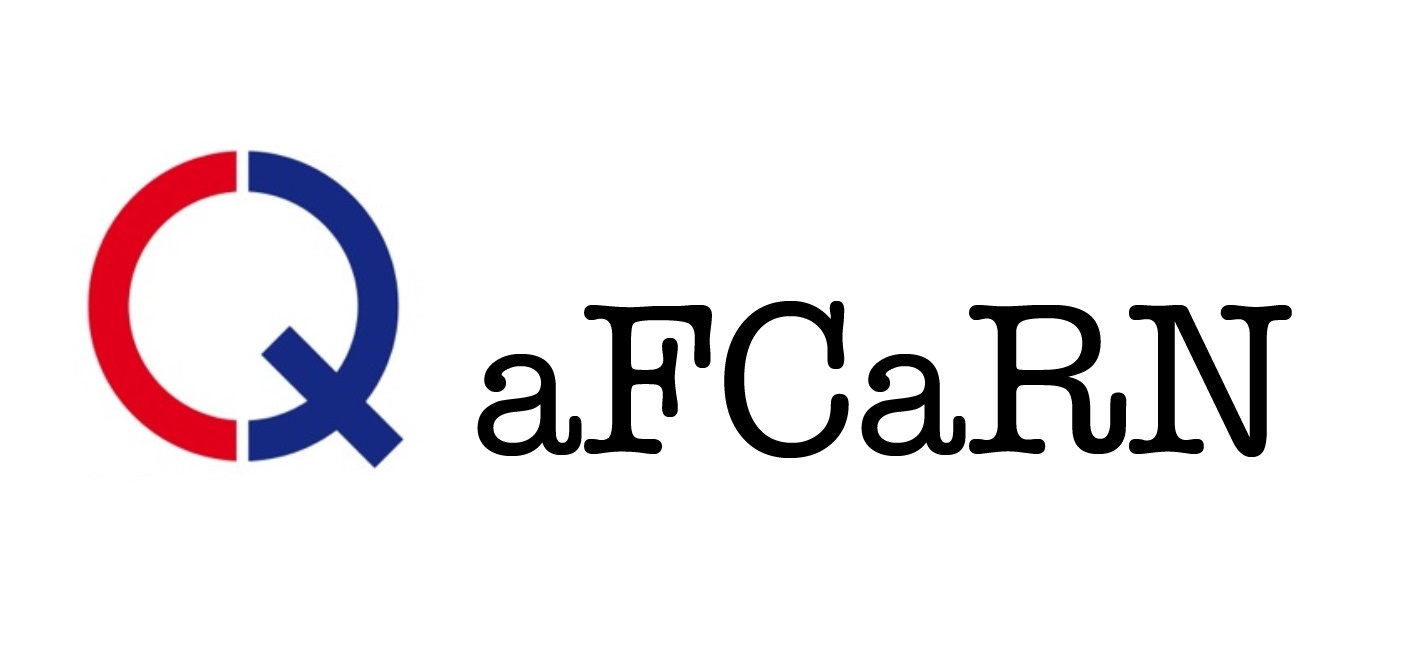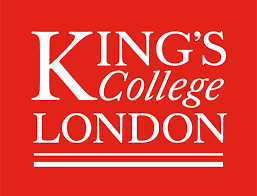When the 50th anniversary of a student protest occurred in 2019, long-buried archival photographs of affected buildings and streets in downtown Montreal had already begun to circulate – appearing in a documentary film and locally-organized activist programming, but also in the French art historian Georges Didi–Huberman’s touring exhibition Uprisings (2016-18) and the Belgian artist Vincent Meessen’s Blues Klair exhibition (2018), across town. With this activation of the archive and re-circulation of selected images, historical episodes that had been marginalized could be asserted and accorded a new centrality; the city’s modern identity could be re-narrativized. The city itself is thus regarded not as a fixed entity, but rather as an inherently unfinished oeuvre, to use Henri Lefebvre’s term. Equally important, though, is the question of how archival urban imagery gets redeployed. When such photographs of Montreal reappear in Warburgian artworks or assemblages, relational meanings are generated, and a number of questions arise – about urban temporality, historical context, and anachronism.
Johanne Sloan is a professor in the Department of Art History, Concordia University, Montreal. Her research often focuses on Montreal’s art and visual culture, from the 1960s to the present day. She is co-editor of the book Photogenic Montreal: Activisms and Archives in a Post-industrial City (McGill-Queen’s University Press, 2021).
Organised by Professor David Peters Corbett (The Courtauld) and Dr Craig Moyes (King’s College London).
This is a collaborative event between the Centre for American Art (The Courtauld) and the Quebec and French Canada Research Network (King’s College London).








